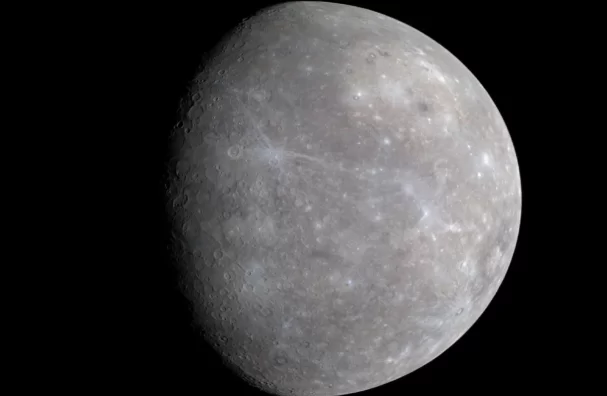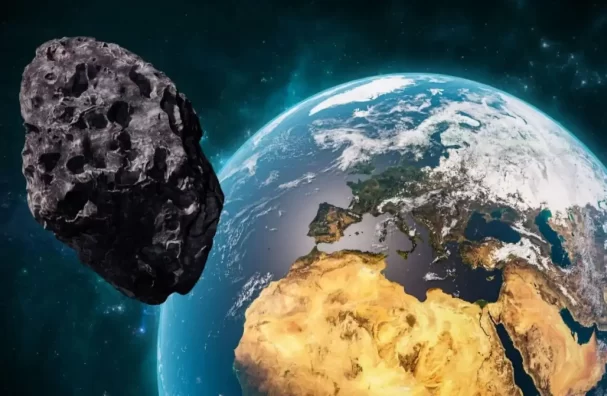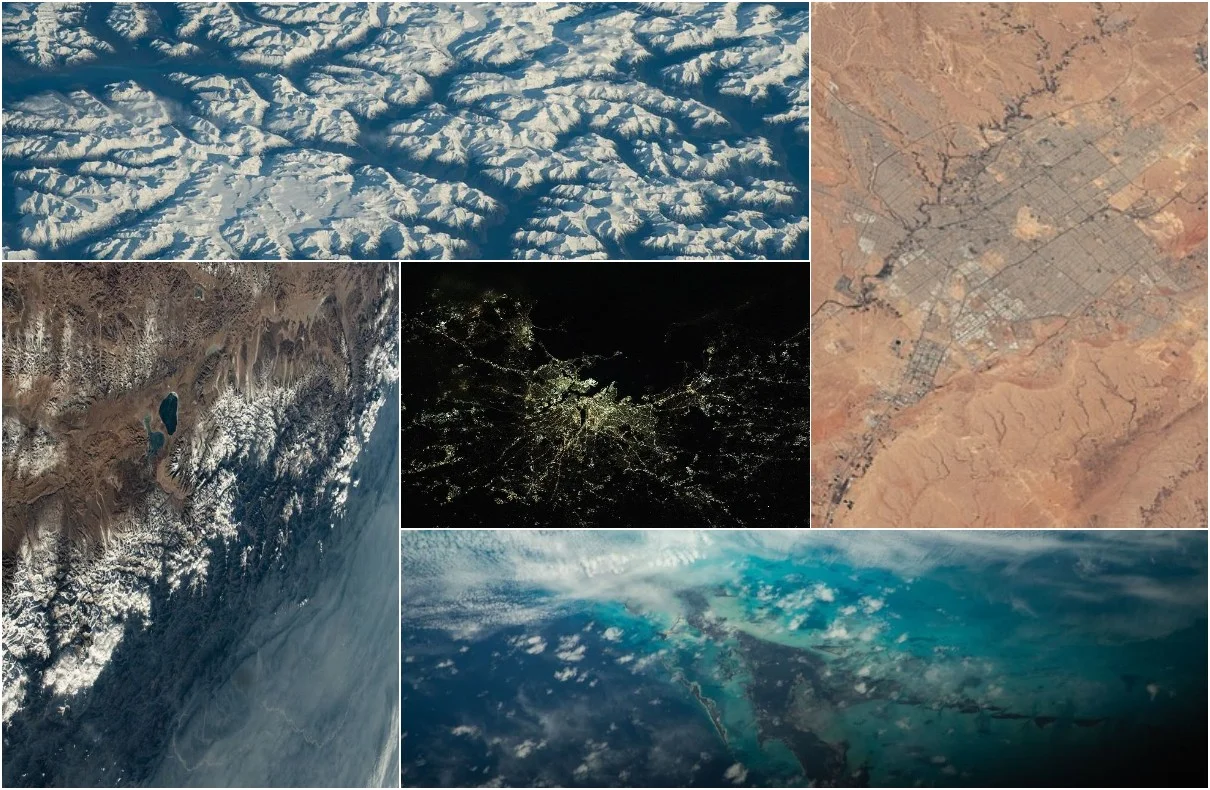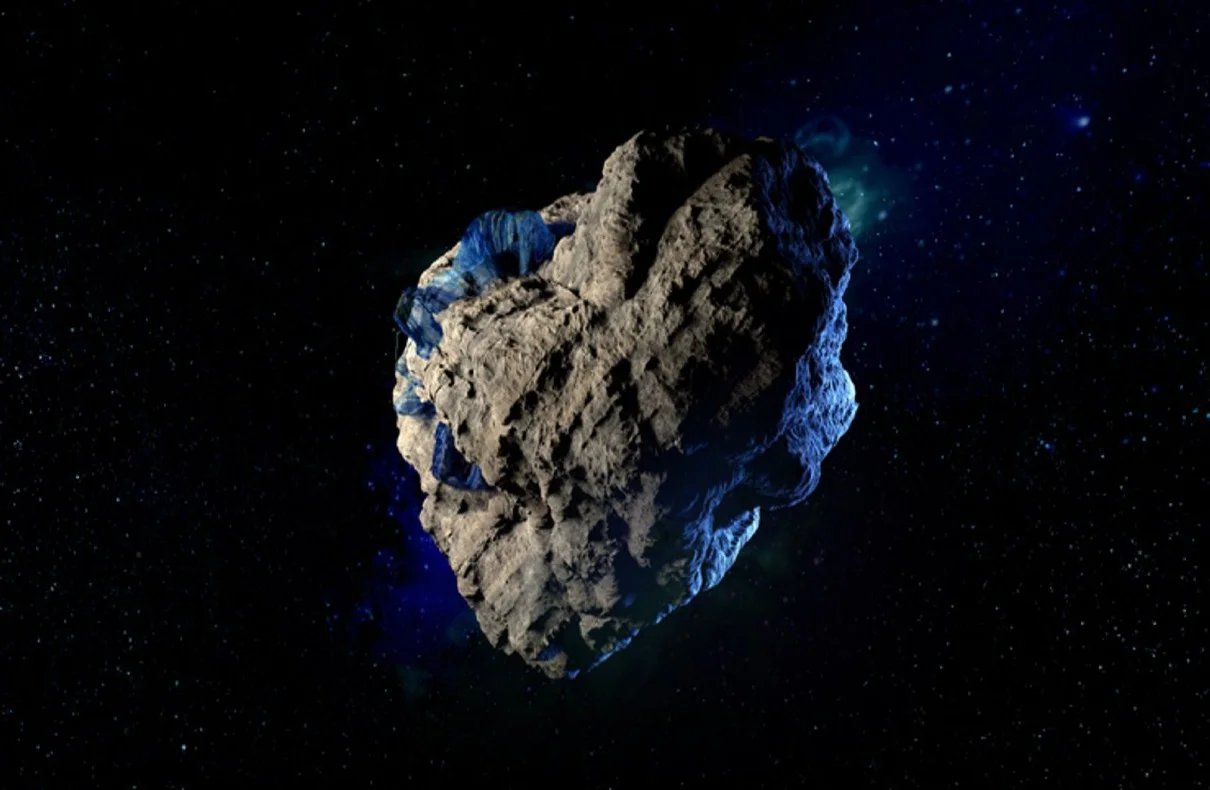Scientists Say Mercury Which Was Once as Big as The Earth
In the celestial neighborhood that we call our solar system, each planet has its own unique story. One of the most enigmatic celestial bodies is Mercury, the sun's closest companion. Recent discoveries suggest that this tiny planet could have been as large as Earth in its early life.
Mercury, named after the Roman deity Mercury, the messenger of the gods, is a fascinating planet, both in terms of its physical characteristics and its orbital behavior. Mercury is the smallest planet in our solar system and also the closest to the sun. Despite its small size, the planet has a massive iron core, and its surface is pockmarked with craters, similar to our moon.
Mercury's close proximity to the sun leads to extreme temperature variations. During the day, the temperature can rise to a scorch...





